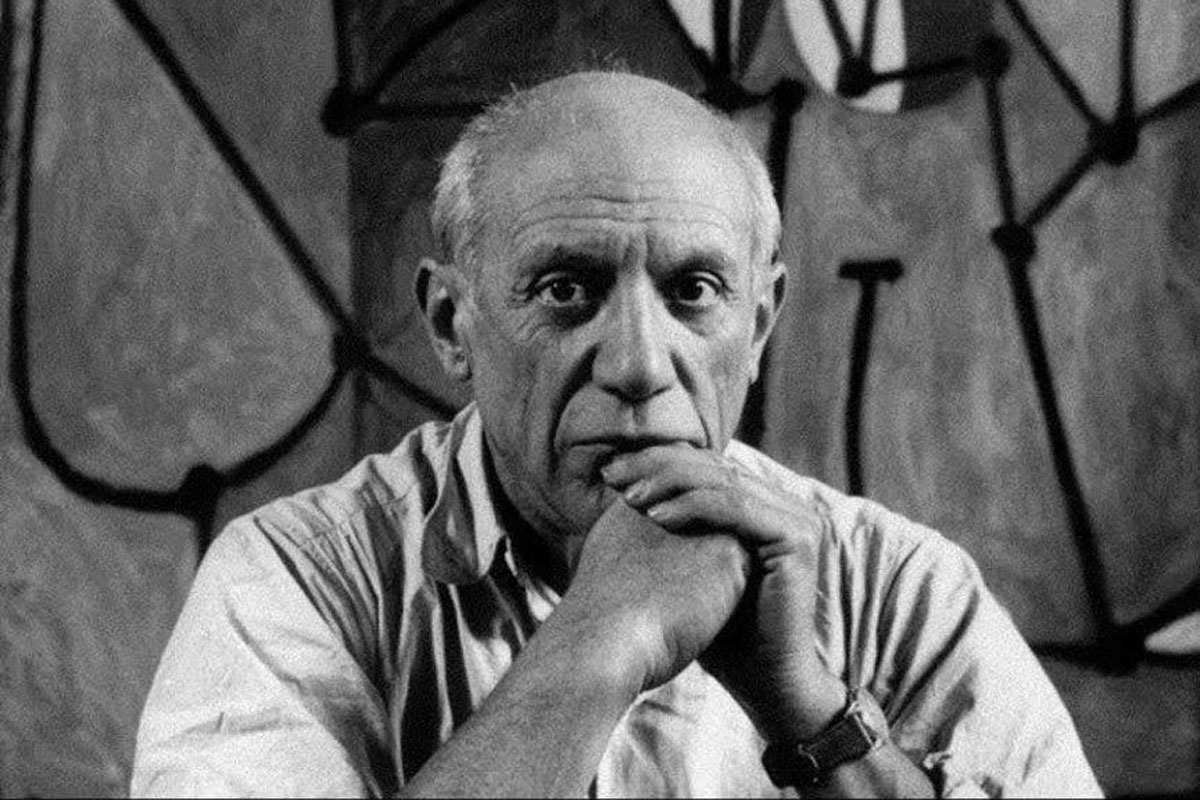This series of articles seeks to examine the character attributes of highly successful leaders, regardless of their adherence to a strong faith or moral standard. In presenting these thoughts, Leadership Ministries is not agreeing with or advocating these traits or practices, but rather presents these as ideas for discussion and development in your own leadership journey.
Mahatma Gandhi (1869 – 1948) was an Indian lawyer who employed nonviolent resistance to lead the successful campaign for India’s independence. He later inspired movements for civil rights and freedom across the world. Martin Luther King Jr., Lech Walesa, Cesar Chavez and Nelson Mandela were all heavily influenced by Gandhi.
He was never a head of state or government. Instead, Gandhi was the head of a private organization—the Indian National Congress. He mobilized a diverse and complex people into a united movement against British imperialism. Gandhi understood India and its people—economically, culturally, religiously. He wanted India’s Hindu and Muslim populations to live peacefully together. India is about 80% Hindu but also has one of the world’s largest Muslim populations, making up about 14% of the country, around 180 million people. When colonial India was partitioned in 1947, Hindu-majority India became a secular democracy, alongside the Islamic Republic of Pakistan.
While in Bombay, Martin Luther King, Jr., was invited to stay at Gandhi’s private residence. He wrote in the guestbook, “To have the opportunity of sleeping in the house where Gandhi slept is an experience that I will never forget.” Photo: Shutterstock
Gandhi’s face is on India’s currency. His portrait hangs in government offices. Practically every major city in the country has at least one Gandhi memorial. Though still revered by many as the father of a nation, Gandhi made many remarks that were openly racist. In 1903, when Gandhi was in South Africa, he wrote that white people there should be “the predominating race.” He also said black people “are troublesome, very dirty and live like animals.”[1] Jawaharlal Nehru, India’s first prime minister, commented that Gandhi was “a great man, but he had his weaknesses, his moods and his failings.” He begged documentary filmmakers not to turn Gandhi into a saint, saying he was “much too human.”
In 1888, Gandhi moved to London to study law. There he was exposed to ideas and people who would influence his personality. He learned French and English, worked on etiquette, and took dancing and violin lessons. He studied Christianity and spent time with Christian friends. He read the Bible and books on Islam. He rediscovered his Hindu roots as well. It was in London too that Gandhi began a miserly and minimalist existence, feeling the guilt of having to ask his brother for money. He moved to cheaper lodgings, began cooking for himself, and kept careful account of expenses, a habit that would continue all his life.[2] Here are a few of Gandhi’s notable leadership characteristics:
Walk the talk. Gandhi practiced what he preached at every level. He set aside his thriving law practice and adopted a simple life among millions who lived in poverty during the Indian freedom struggle. His determination in following through on what he preached was often at a cost to his own well-being.[3] Gandhi spent time in India beginning in October 1901. He attended meetings and spent a month with his mentor. He travelled in a third-class train compartment—the start of a lifelong habit. He described the compartments as filthy, crowded and uncomfortable, and compared them unfavorably with third-class carriages abroad. It was train travel that made Gandhi aware of the travails of ordinary citizens.[4]
After his time in London, Gandhi ended up spending more than 20 years in South Africa. During this time he became aware of the plight of poorer people, including those in his home country of India. He began forming his cause to stop oppression of the poor and to bring about the independence of his home country. In 1912, he adopted the clothes of Tamil indentured laborers, whose interests he represented in South Africa. Once back in India, in 1931 he adopted the loincloth and shawl.
It seems obvious, but in a day and age when nonprofit leaders are jetting off to Davos, London and New York—and their high salaries also a hot topic—Gandhi’s ability to live among the urban poor and “be the change he wished to see,” brought him the credibility, trust and intellectual understanding.[5] Clothes, for Gandhi, were also a tool of political strategy. He dressed like the poorest Indian with a hand-woven cotton cloth that barely covered his body. Had the simplest of watches and glasses. When it came to personal possessions, unlike today’s leaders he had the bare minimum.
Be persistent. There were quite a number of times Gandhi failed; each time he used the failure to improve his leadership skills and to improve himself and the task at hand. He was attacked, beaten, and his followers were often attacked by police and even killed. His writings on independence were considered seditious and banned. Despite being an accomplished leader in his community, he continually sought out greater understanding through much study of religious writings. Gandhi articulated four specific goals: to free India from British occupation, to end untouchability, to improve relations between Hindus and Muslims, and to make India into a self-reliant nation—economically and socially.
At the age of 74 and already slight of build, Mahatma Gandhi, the famous nonviolent campaigner for India's independence, survived 21 days of total starvation while only allowing himself sips of water. Photo: Ghandi Archives
He did not believe that India would be successful and independent if he did not address all four goals simultaneously. Even after stating that India would be divided over his dead body, he realized that partition was inevitable as the only solution to the Hindu-Muslim divide and accepted it. Gandhi was a man of faith, but he did not create any specific dogma for his followers. He believed in the unity of all and preached and practiced ethics and values common to the Hindu, Muslim and Christian faiths.[6]
Violence doesn’t solve anything. Beginning in 1921, Gandhi led nationwide campaigns for easing poverty, expanding women's rights, building religious and ethnic amity, and achieving self-rule. “His absolute insistence on nonviolence many young men see as pussyfooted and weak-kneed and—dare I say—feminine and hence not macho enough,” comments biographer Guha.
Gandhi’s least studied and most effective leadership trait was his ability to use fasting (going without food) as a social and political weapon. Over the course of his life, he fasted fourteen times for social, religious or political purposes. It took him many years to train his body and mind to function without food. No one else could do it and there was no answer for it. Gandhi’s fasts brought capitulation to his wishes, because anything was a more acceptable solution than to allow his death. This peaceful means of protest has never been remotely replicated by any modern political or social leader.
[1] https://www.npr.org/2019/10/02/766083651/gandhi-is-deeply-revered-but-his-attitudes-on-race-and-sex-are-under-scrutiny
[2] https://www.livemint.com/news/india/the-gandhi-you-know-and-the-one-you-don-t-11569940339387.html
[3] https://www.enworld.co.in/blog/2019/10/remembering-gandhiji-5-leadership-lesson-we-can-adobt-in-our-modern-management
[4] https://www.livemint.com/news/india/the-gandhi-you-know-and-the-one-you-don-t-11569940339387.html
[5] https://www.forbes.com/sites/nishacharya/2019/10/02/mahatma-gandhi-at-150-lessons-on-leadership/
[6] https://cxopartners.in/10-leadership-lessons-learned-mahatma-gandhi/
Cover photo: Shutterstock


































Michael Jordan is a former professional basketball player and businessman. He played 15 seasons in the NBA and won six NBA championships with the Chicago Bulls.